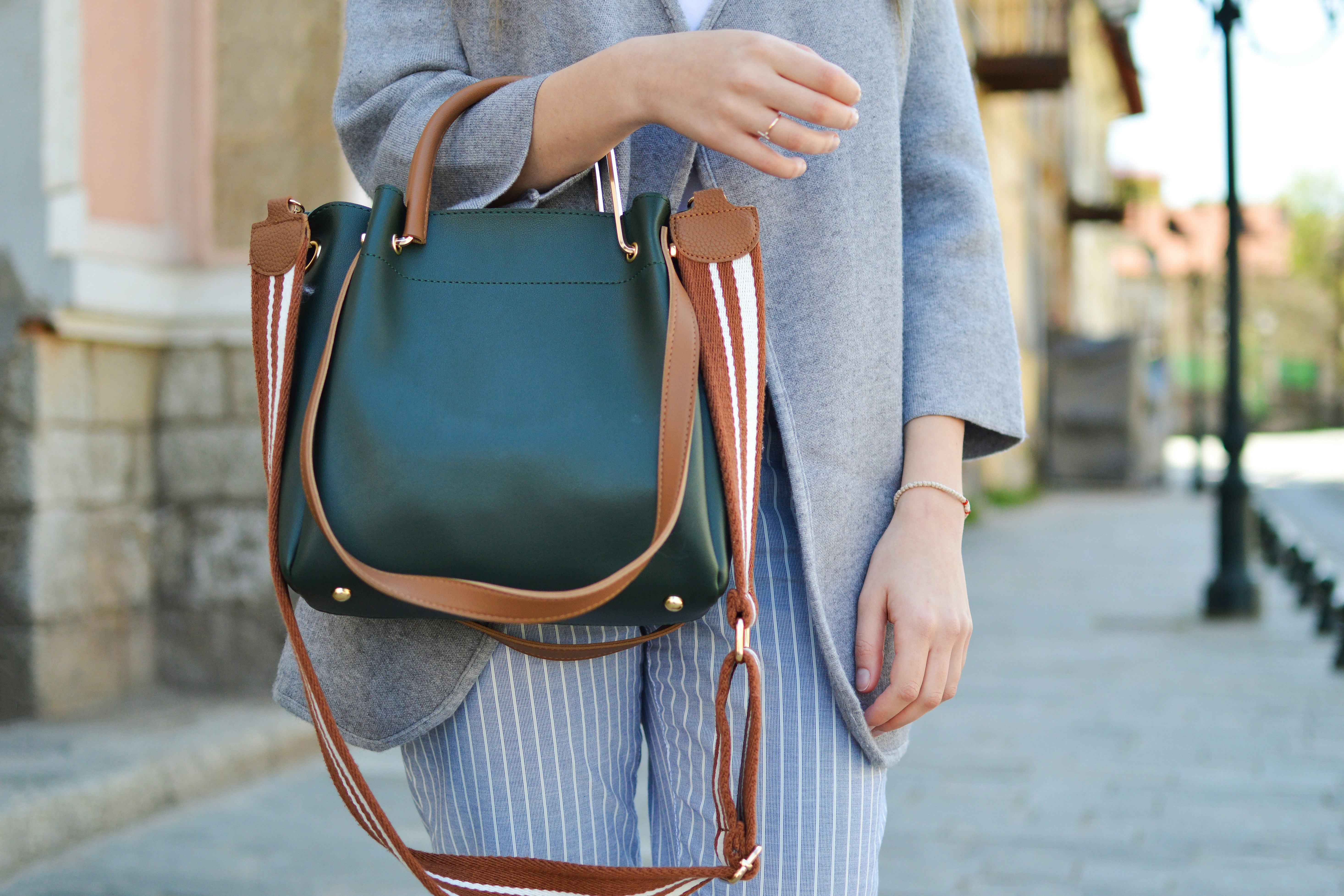
13
AprilThe Number One Article On Bags
 The first goal of this research was to evaluate the effectiveness of retaining bonefish in restoration bags for decreasing quick-term locomotory impairment when subjected to angling-associated stressors, and whether or not potential enhancements in swimming means translated to increased survival. We predicted that fish retained in recovery bags would exhibit decrease reflex impairment, as well as higher locomotory capability and survival than those immediately released. It was demonstrated in our previous paper21 that used polymer bags with a scratched film exhibit poorer recoveries for sulphur compounds; an identical effect is predicted for other courses of species. The recoveries of the investigated species in bags with low SA : V values (under 100 m−1) had been satisfactory up to 7 days of storage. In the case of a dry take a look at mixture, recoveries from Tedlar bags (when crammed as much as 80% of nominal volume) were glorious even after one week of storage. For this sort of bag low ppb VOCs needs to be analyzed inside at some point of storage. Preconditioning, even when repeated for a number of instances was not environment friendly within the case of Flexfilm bags; consequently, this kind of material is simply suitable for studies aiming at a lot increased ranges of VOCs (e.g., on the ppm stage).
The first goal of this research was to evaluate the effectiveness of retaining bonefish in restoration bags for decreasing quick-term locomotory impairment when subjected to angling-associated stressors, and whether or not potential enhancements in swimming means translated to increased survival. We predicted that fish retained in recovery bags would exhibit decrease reflex impairment, as well as higher locomotory capability and survival than those immediately released. It was demonstrated in our previous paper21 that used polymer bags with a scratched film exhibit poorer recoveries for sulphur compounds; an identical effect is predicted for other courses of species. The recoveries of the investigated species in bags with low SA : V values (under 100 m−1) had been satisfactory up to 7 days of storage. In the case of a dry take a look at mixture, recoveries from Tedlar bags (when crammed as much as 80% of nominal volume) were glorious even after one week of storage. For this sort of bag low ppb VOCs needs to be analyzed inside at some point of storage. Preconditioning, even when repeated for a number of instances was not environment friendly within the case of Flexfilm bags; consequently, this kind of material is simply suitable for studies aiming at a lot increased ranges of VOCs (e.g., on the ppm stage).
For heavier or for more reactive species issues arising from pattern storage could be far more apparent and demand further research. It was observed that there was a a lot larger difference in metal accumulation by P. furfuracea between the dry and wet seasons compared with S. capillifolium. 69% higher, compared to the impacts from PP bags. Before burial, seeds had been floor-sterilized in the fungicide therapy by submerging the seed bags in a hundred mL 1% NaClO, together with 1 mL of the surfactant Tween 20® (polyoxyethylene sorbitan monolaurate; Merck Schuchardt) for 5 min and then rinsing with 200 mL distilled water. The upper 400 mL of suspension was then passed through a sieve filter with a mesh size of 100 µm. In 2003, seed bags have been dealt with in the same manner except that 1000 mL of the (MgSO4 resolution was used and the upper 800 mL of suspension was filtered. In 2003, 4 seed densities have been examined, specifically one thousand seeds blended with 0, 10, a hundred or 10 000 g of coarse sand seed men coach tote bag−1. The seed-sand mixture gave a seed density of 100 seeds g−1 soil.
After imbibition and bleaching, seeds had been scored visually below a stereomicroscope for contaminated , empty or intact seeds. Infected seeds have been scored first and then the remaining seeds were pressed with a needle. Organic debris was first faraway from the sand by washing in a desk-top elutriator. In 2003, seeds were first bleached in a vial with four mL 1% sodium hypochlorite solution and 50 µl Tween 20 for two min, rinsed with distilled water and thereafter imbibed in distilled water for no less than 20 min. Estimates of common seed bank densities of Striga species vary from 1800 to 414 600 seeds m−2, taken from fields in Kenya (Oswald & Ransom 2001) and Ghana (Sauerborn, Kranz & Mercer Quarshie 2003), respectively. The sand was air dried and blended with seeds earlier than filling the seed bags. Backed up by computational modelling, these checks point out that Energy Bags probably provide value-efficient storage and provide of excessive-stress air for offshore and shore-based compressed air power storage plants. Aflatoxin tests were carried out on 245 samples, with 53% having levels above 20 ppm in each PICS and woven bags. Thus, PICS bags have proven potential to positively impression the economic system of pigeonpea farmers in the semi-arid tropics.




Reviews